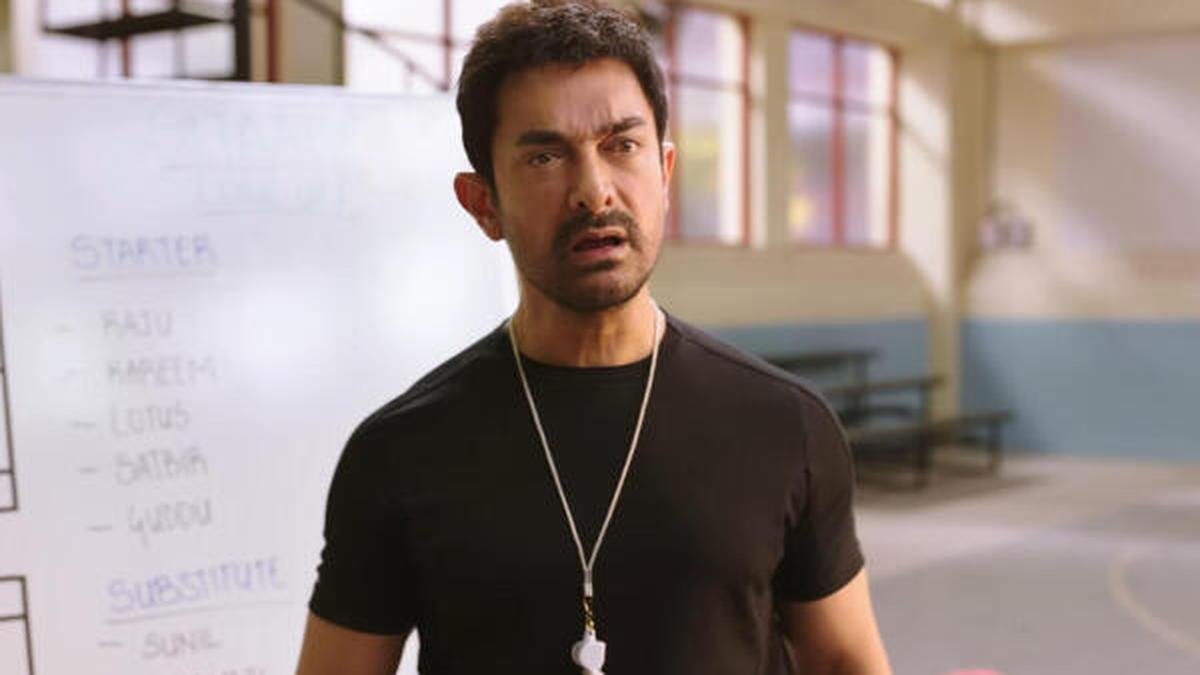A still from ‘Sitaare Zameen Par’. Unlike Nikumbh Sir in Taare Zameen Par, who identifies Ishaan’s dyslexia and revives his academic and emotional life, Gulshan is not the central healer
For decades, Indian cinema has revered the miracle teacher — a larger-than-life figure whose empathy and determination single-handedly transform a struggling child into a success story. However, ‘Sitaare Zameen Par’ signals a subtle but important shift in this storytelling device.
Transformation is never unilateral
In ‘Sitaare Zameen Par’, Aamir Khan plays Gulshan, a disgraced basketball coach sentenced to work with a team of individuals with neurodevelopmental disabilities. At first glance, Gulshan appears poised to follow the familiar arc — a flawed man who becomes a hero through his redemptive impact on his students. But as the story unfolds, it becomes clear that the real transformation is his own.
Unlike Nikumbh Sir in Taare Zameen Par, who identifies Ishaan’s dyslexia and revives his academic and emotional life, Gulshan is not the central healer. Instead, his basketball players — each with unique strengths, quirks, and emotional depth — challenge his prejudices, reshape his worldview, and teach him the value of dignity, patience, and humility.
By softening the saviour narrative, the film also implicitly critiques the idea that individual heroism is a solution to systemic issues. Gulshan’s growth is significant, but he does not fix the broader world — nor does the film pretend he can. His role is not to rescue but to learn, adapt, and make space.
In replacing the miracle teacher with the teachable teacher, ‘Sitaare Zameen Par’, offers not just a more inclusive story, but a more human one. This shift reflects a growing understanding in both education and cinema: transformation is rarely unilateral. Progress, especially in inclusive spaces, emerges from reciprocal relationships.
What’s missing
However, the film falls short in its treatment of certain systemic issues. The casual portrayal of workplace abuse and the lack of critical engagement with the exclusion of individuals from public spaces—such as schools, parks, and transportation—diminishes the film’s potential impact. In a society where access remains a persistent barrier for many, representation alone is not enough. What is equally essential is interrogation: a deeper, more honest critique of the structures that perpetuate marginalisation.
The film also stops short of critiquing the systems — educational, social, and legal — that perpetuate exclusion. Inclusion is not only about kind teachers and supportive peers; it’s also about policy, structure, and accountability. A nod to these broader issues would have elevated the film’s impact from emotional to systemic.
The film only lightly touches on parental involvement. In reality, parents are often central to shaping attitudes toward inclusion, success, and diversity. A subplot that explored a parent’s transformation could have deepened the narrative and made the message more holistic.
(Geetha Subramaniam is a curator of effective teaching and learning strategies. She served as the Senior Manager – Academics at Chettinad Education and Services.)
Published – July 07, 2025 05:35 pm IST
#Sitaare #Zameen #Par #teacher #saviour #learner
Sitaare Zameen Par review Aamir Khan Sitaare Zameen Par disability representation in Indian films Bollywood films on neurodiversity
latest news today, news today, breaking news, latest news today, english news, internet news, top news, oxbig, oxbig news, oxbig news network, oxbig news today, news by oxbig, oxbig media, oxbig network, oxbig news media
HINDI NEWS
News Source


